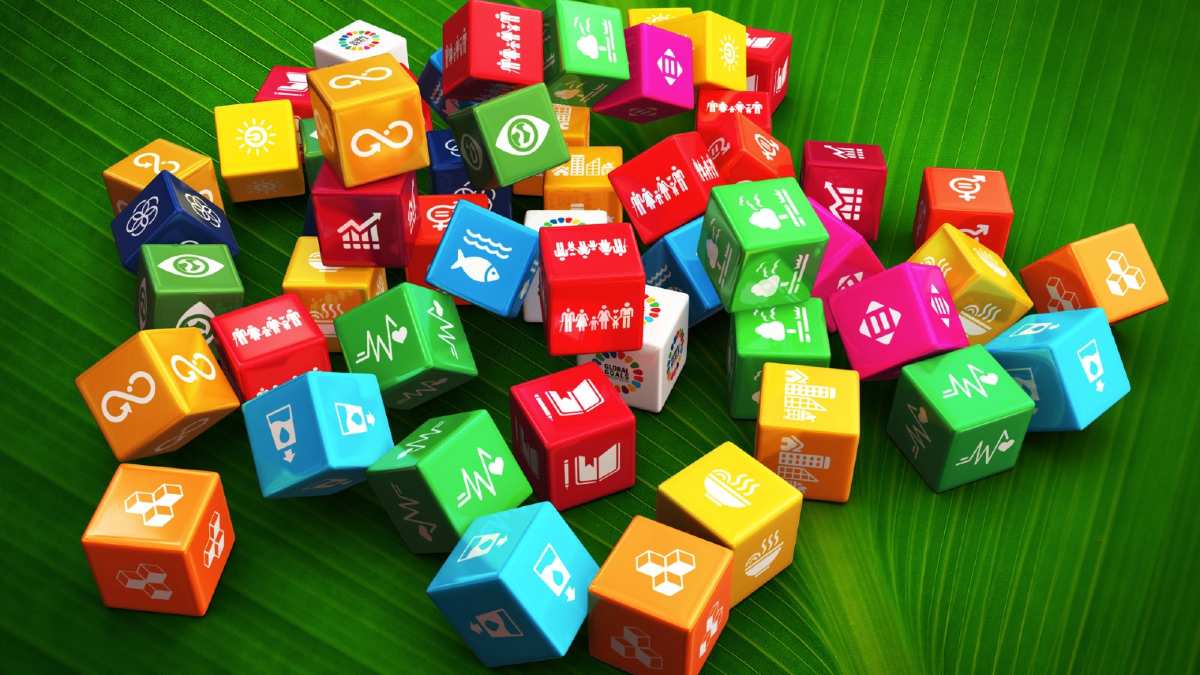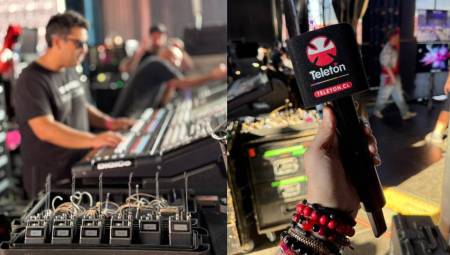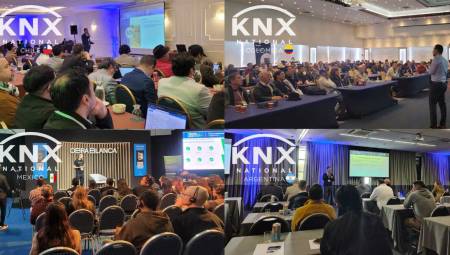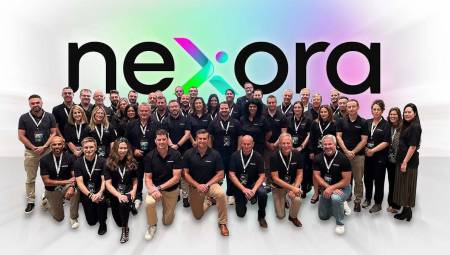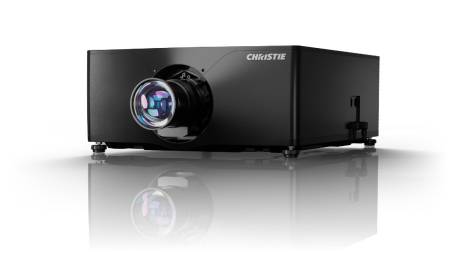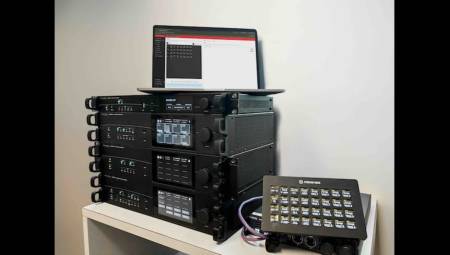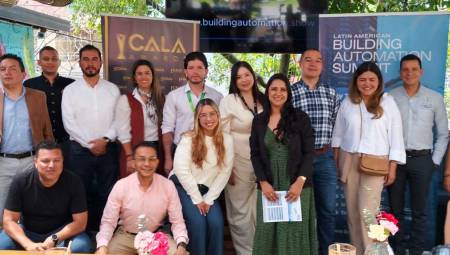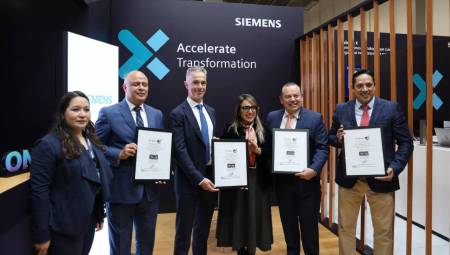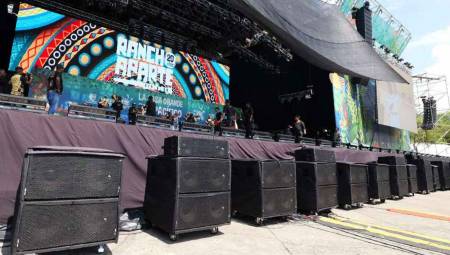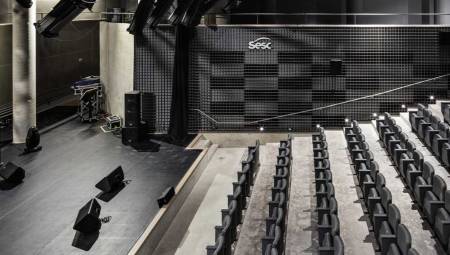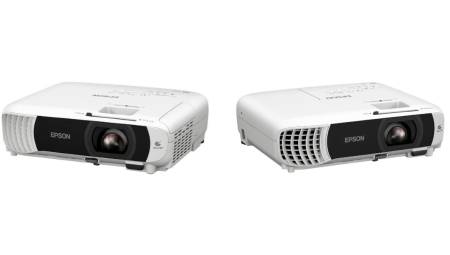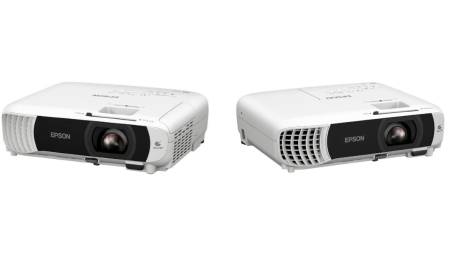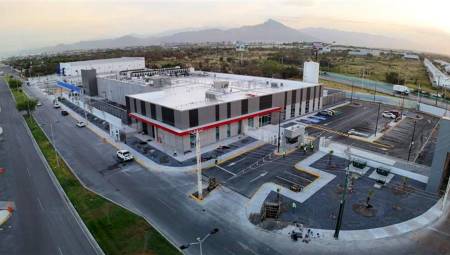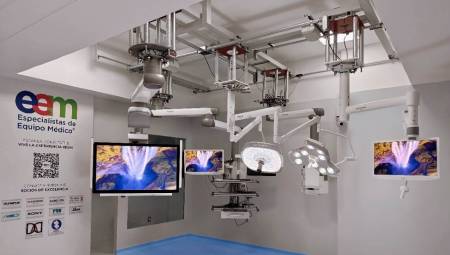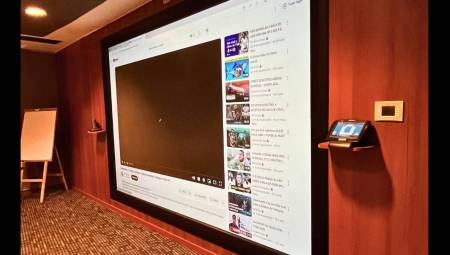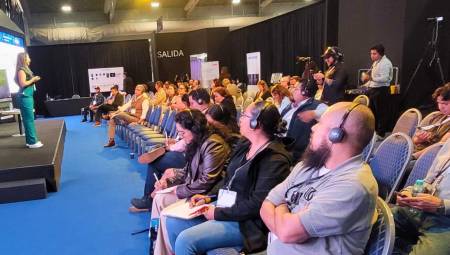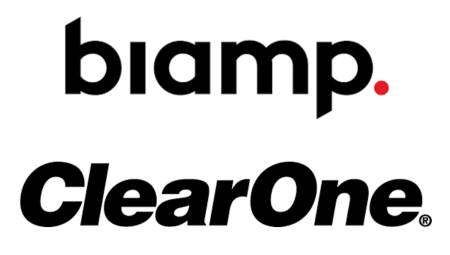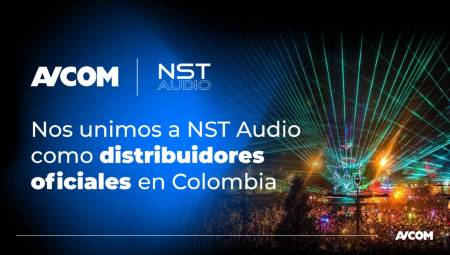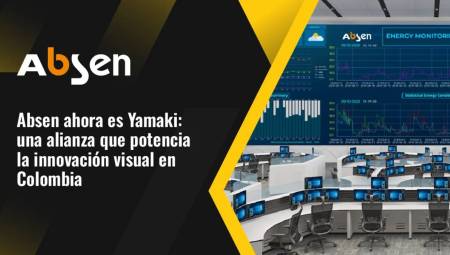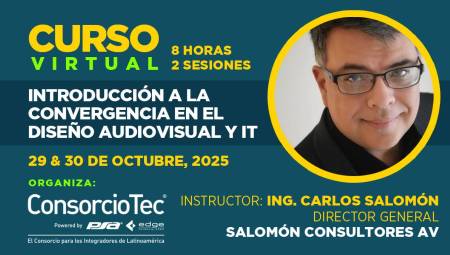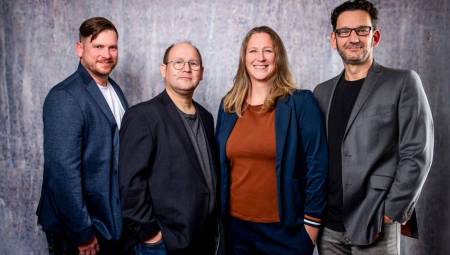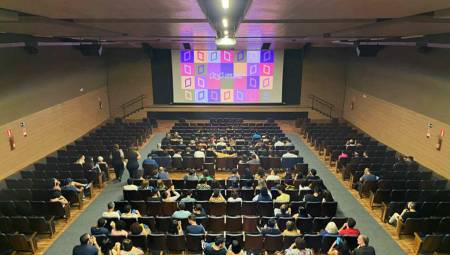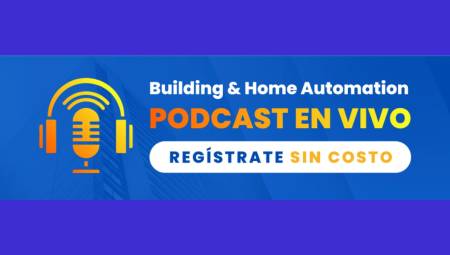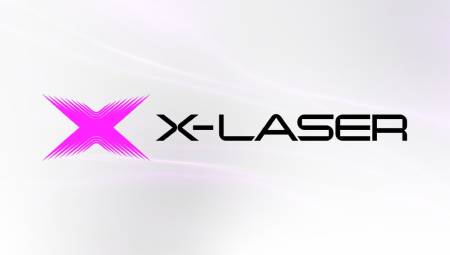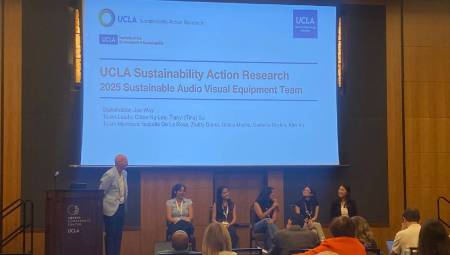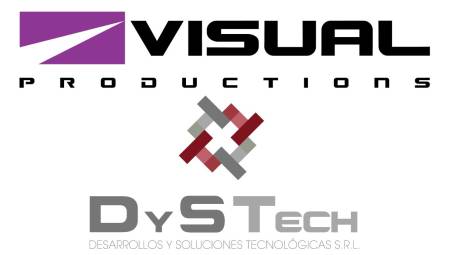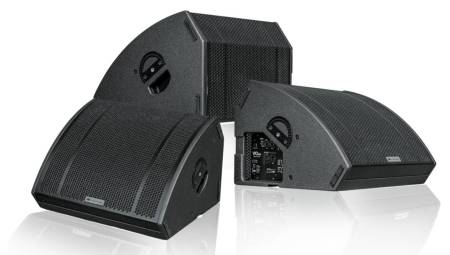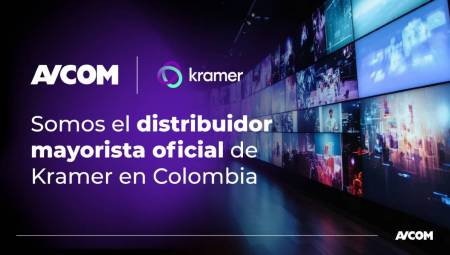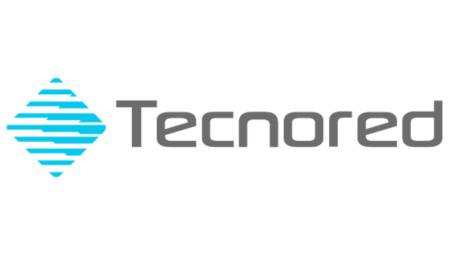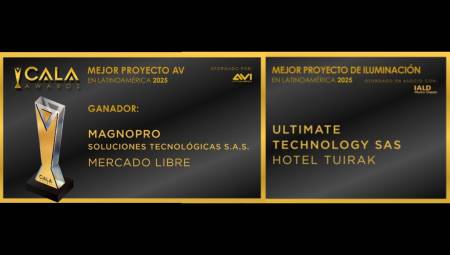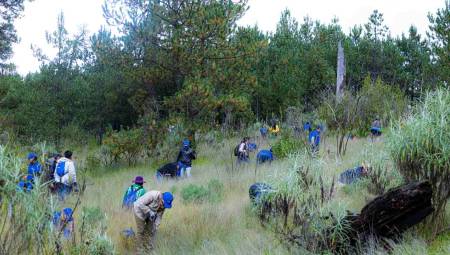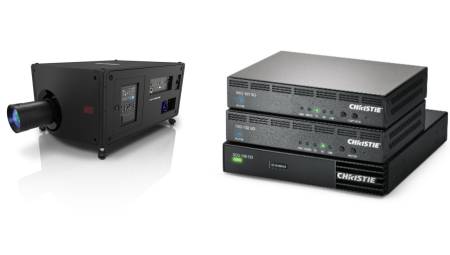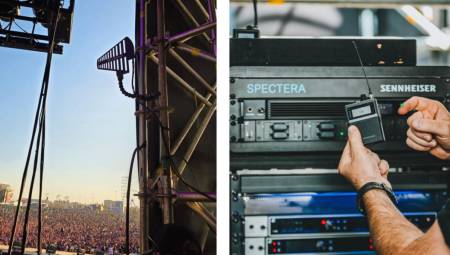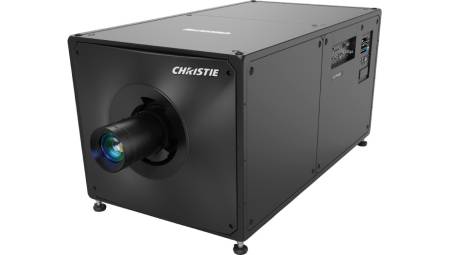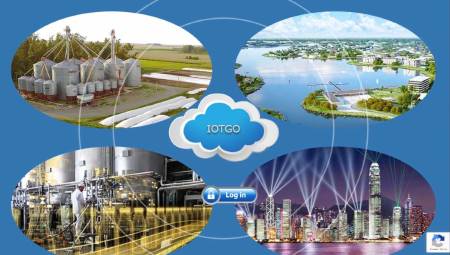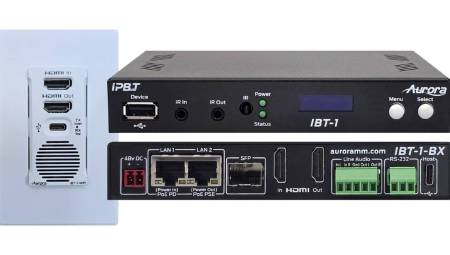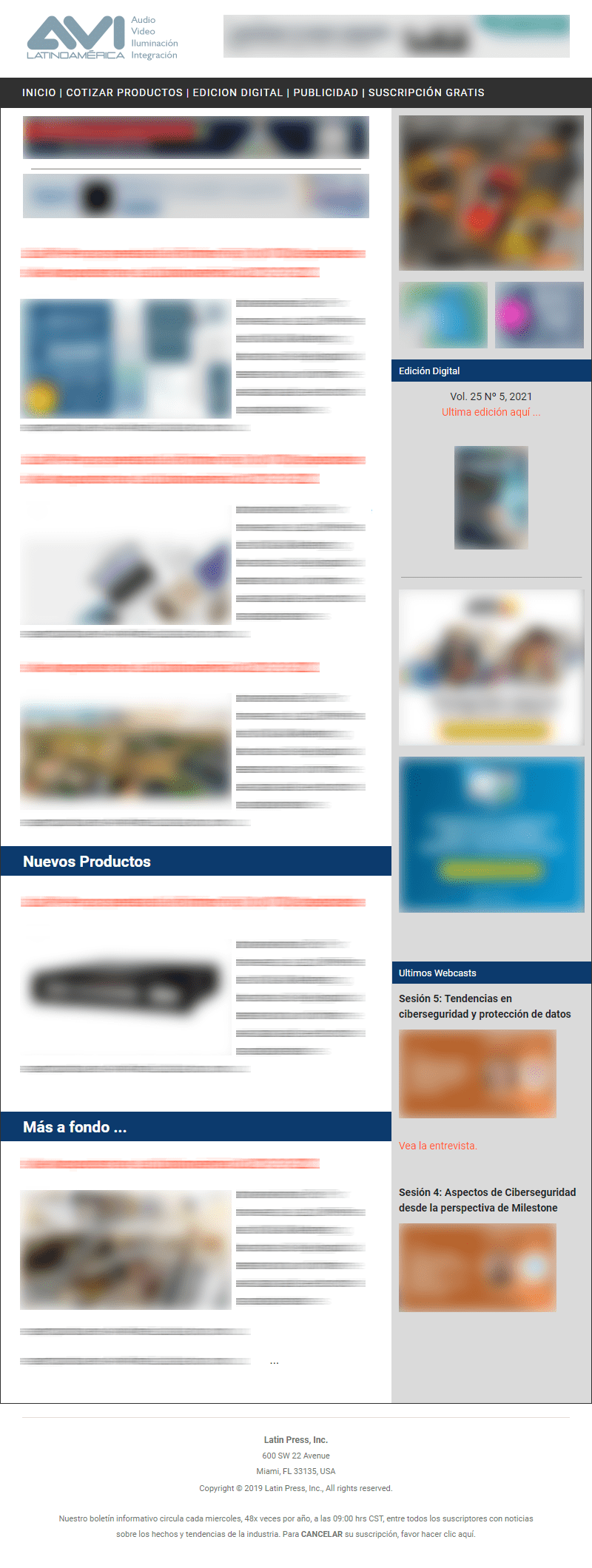It's the turn of the AV industry in the Americas to demonstrate our commitment to sustainable development.
Juan Carlos Medina*
Recently we talked about how the AV industry has been taking sustained and important steps to become an industry that actively faces the challenges that we face in terms of sustainability every day, especially aligned with the SDGs (2030 Sustainable Development Goals set by the UN). A clear example is the SAVe organization that we presented in the first article that AVI magazine published in the section dedicated to this important topic, by the way, the publication per se is another example of how we can join this effort as an industry.
The industry in 2024 has shown an important commitment and a hopeful outlook to implement and design the route to sustainability, we could witness at ISE 2024 how the fair was painted green and has set a precedent and a path of no return towards the responsibility that we all have with our planet.
Later in March, we witnessed the event "SAVe 2024, Global conference on sustainability in AV, A Call for Leader", which was held at the UCLA Luskin Conference Center in Los Angeles, California. A historic event that brought together leaders and companies in the AV industry from around the world to show their commitment and join this effort to achieve progress towards the 2030 SDGs.
And in recent weeks, AVIXA presented the agenda for Infocomm 2024, which contains several activities, talks, presentations and certifications on sustainability. For this reason, I believe that it is the turn of the AV industry of the American continent to demonstrate our commitment to sustainable development.
Since we began this series of collaborations with AVI to attract the attention of all the actors in the AV industry in Latin America, we have insisted that it requires, in addition to will, leadership and commitment for us to make our sector increasingly sustainable. We know that the big brands have already started with their social responsibility plans and their sustainability policies, but how can the rest of the companies, especially those that have limited resources or that must cover many needs of the company's operation, start a path to sustainability without it being burdensome or onerous.
The role of the audiovisual industry in the control of electronic waste (e-Waste) relates directly to SDG goal 12, which focuses on responsible manufacturing, reuse, recycling and reduction at every stage of the product life cycle. It starts with how materials are sourced for manufacturing and concludes with how we dispose of end-of-life products.
In this attempt to bring resources that are useful to everyone, we want to share with all stakeholders in the AV world, a quick start guide to sustainability. This document has been prepared by SAVe and the intention is that it will serve as a guide to start as soon as possible with a plan that we can implement in our companies.
Quick Start Guide to Sustainability
A. Develop an agenda.
Choose realistic SDGs (Sustainable Development Goals) for our company. Adapt them to the size and capabilities of our company.
1. What do we want to accomplish?
1.1. List your goals
1.2. Create a timeline for each goal, determine if it will be monthly, yearly, or long-term.
2. Start with simple actions
2.1. Choose a member of your team who will monitor each objective.
2.2. Responsibility and simple objectives will give a feeling of progress.
3. Share your sustainability goals with customers and suppliers.
3.1. Add a sustainability area on your corporate page or procedures manual.
3.2. Summarize your sustainability goals in offers, quotes, and email signatures.
4. Estimate the cost of sustainability activities
4.1. Estimate (sustainability) fee charges on your projects.
4.2. Customers must be an active part of sustainability objectives.
B. Inventory of unwanted and obsolete equipment
Build an inventory and create categories of unwanted equipment. Perform quarterly stock and inventory updates.
1. Are the equipment functional or can it be updated?
1.1. Can be RESOLD
1.2. You can DONATE
1.3. It can be RECYCLED
1.4. It must be DISCARDED
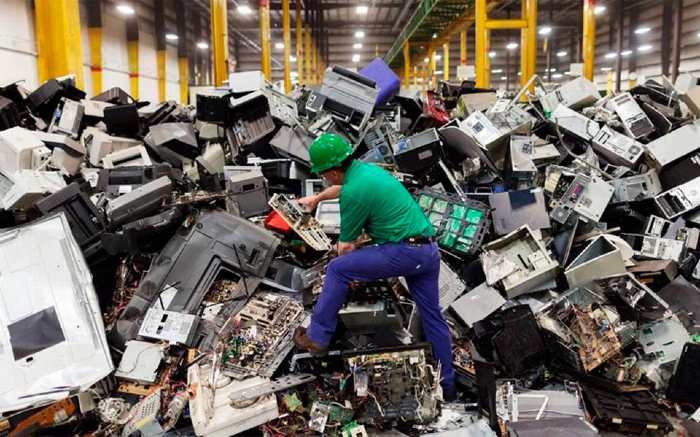 C. Identify certified recyclers and verify their credentials.
C. Identify certified recyclers and verify their credentials.
Check local requirements. Local authorities may have recommended recyclers who are registered and licensed to handle e-waste.
The desired certifications that are internationally recognized are:
1. Basal Action Network e-Steward: The e-Steward tracks the toxic materials generated in the facilities and must account for them and ensure proper management.
2. R2 Responsible Recycling: Requires health and safety, environmental responsibility and operational efficiency programs.
3. RIOS: Standard for Electronic Recyclers to protect the environment by minimizing pollution and hazardous waste.
D. Make your commitment to your sustainable goals known.
Sustainability should be part of your sales, service, and employee hiring communications.
1. Include a short statement of your sustainability commitment in your sales and project quotes.
2. Your customers can be part of the solution. Discuss disposal or reuse options with them.
3. When hiring new employees, share your commitment to sustainability goals.
As we can see, this guide contains very simple steps, which involve a minimum investment of time and can help us start our path to sustainability in a few days.
At SAVe we offer a series of resources that can help companies implement action plans to start the path to sustainability. In addition, both interested companies and AV professionals who are joining some of the ways in which you can participate in the organization is growing very significantly.
If you want more information do not hesitate to contact us.
SAVe www.saveav.org
*Juan Carlos Medina, CTS, is the director of the integration company Viewhaus and SaVe's ambassador for Mexico. You can contact him through [email protected]



